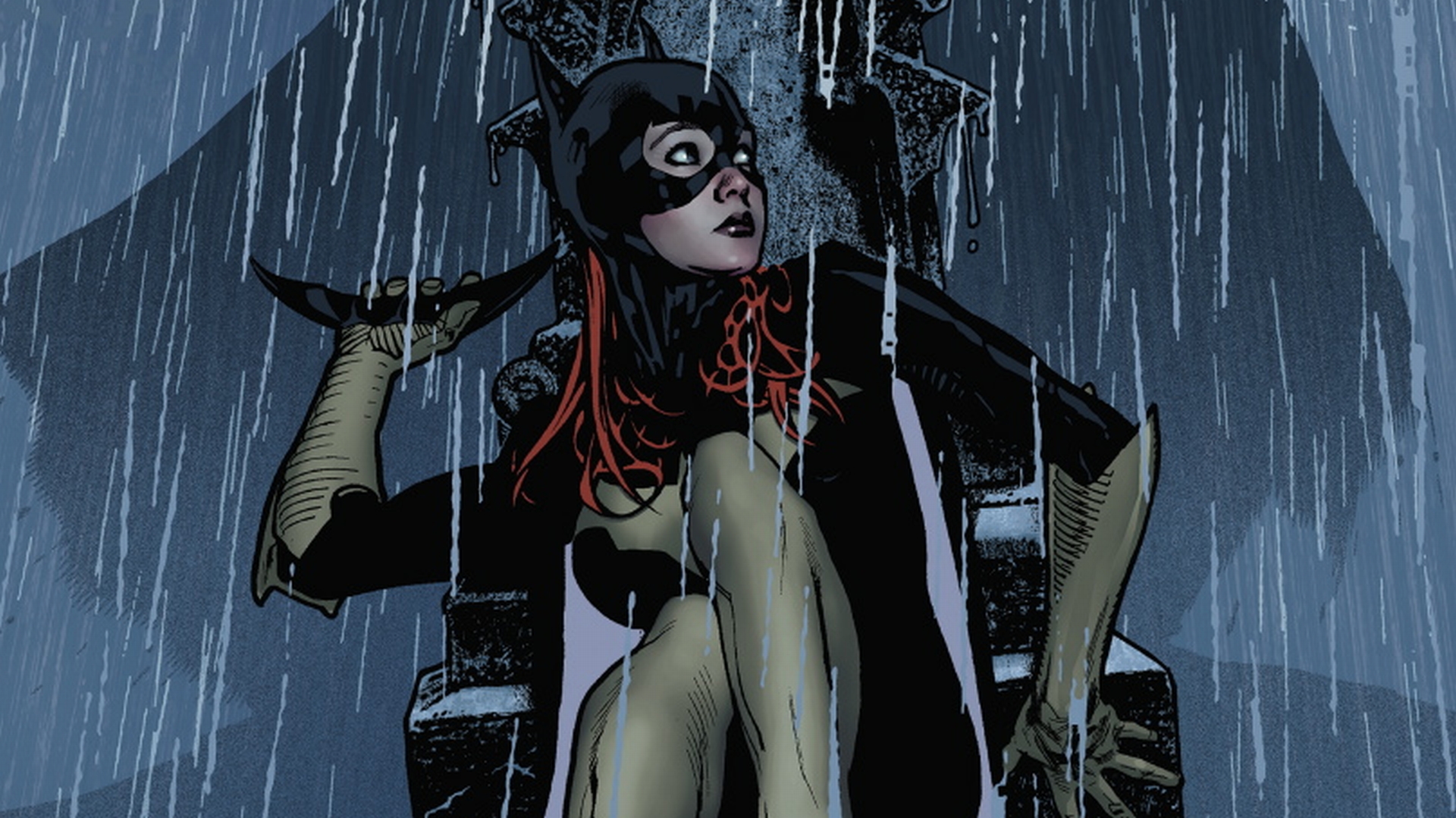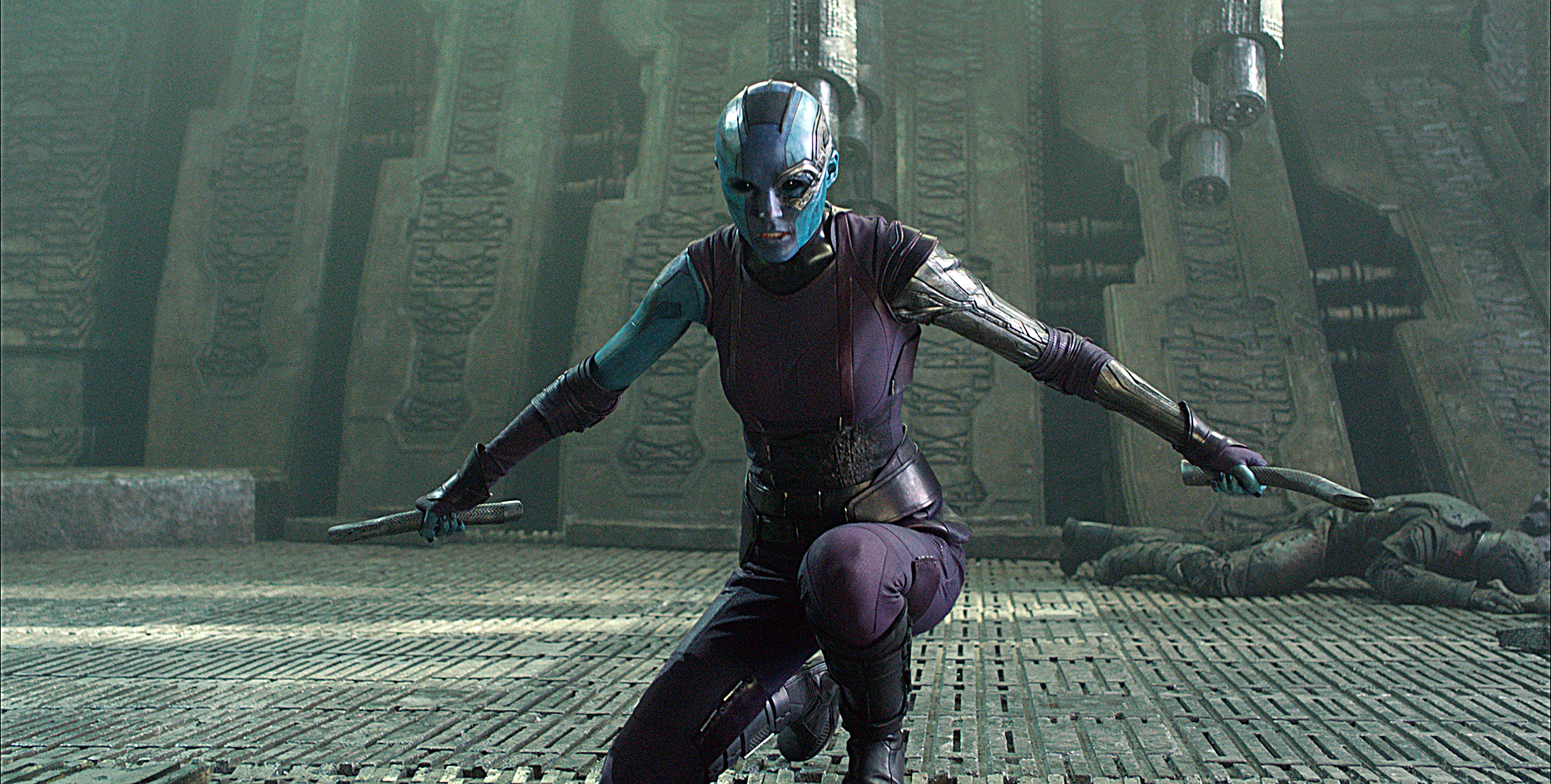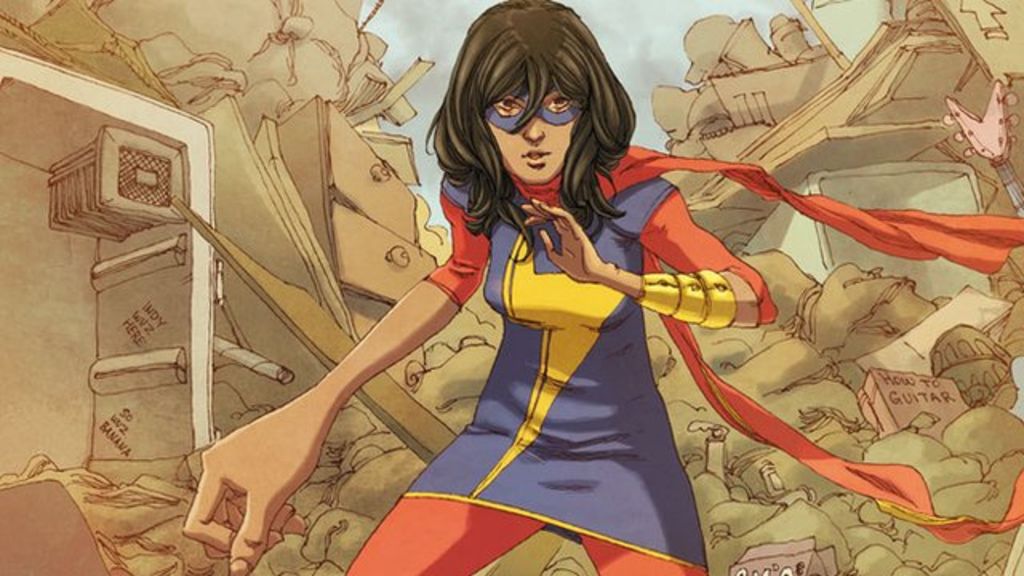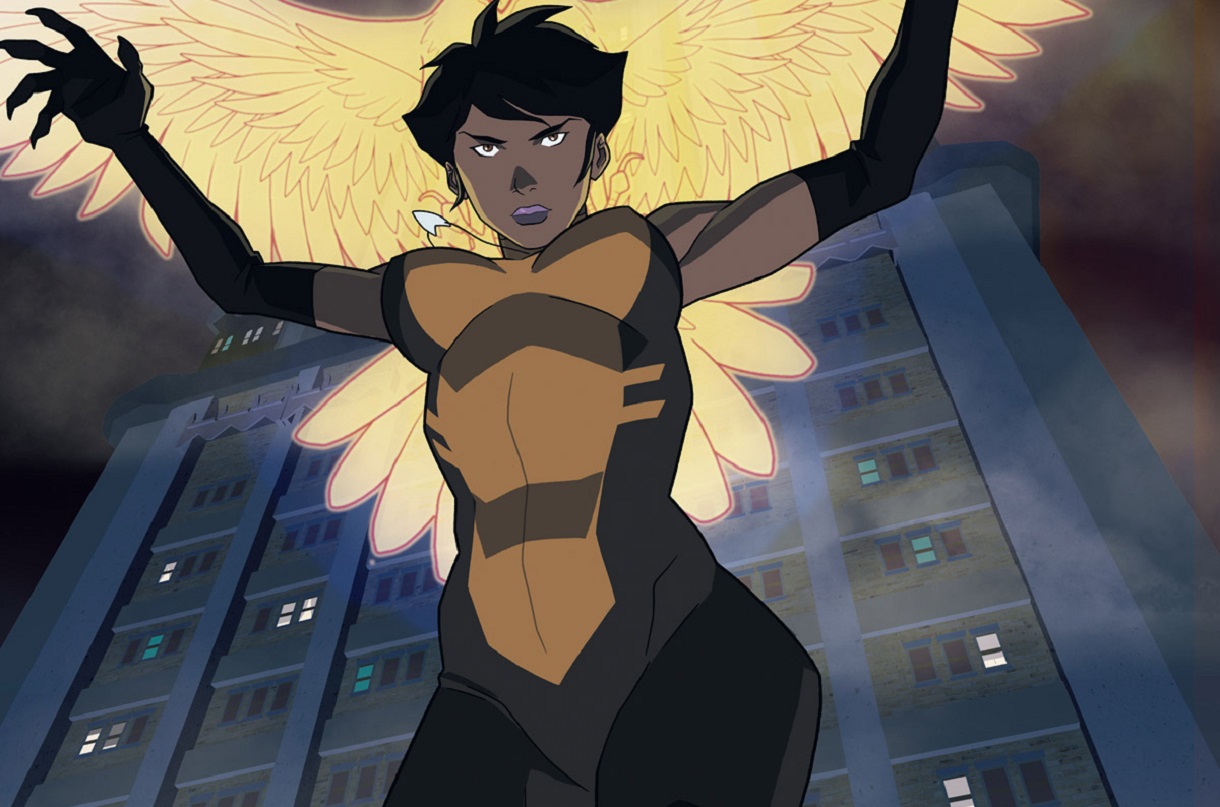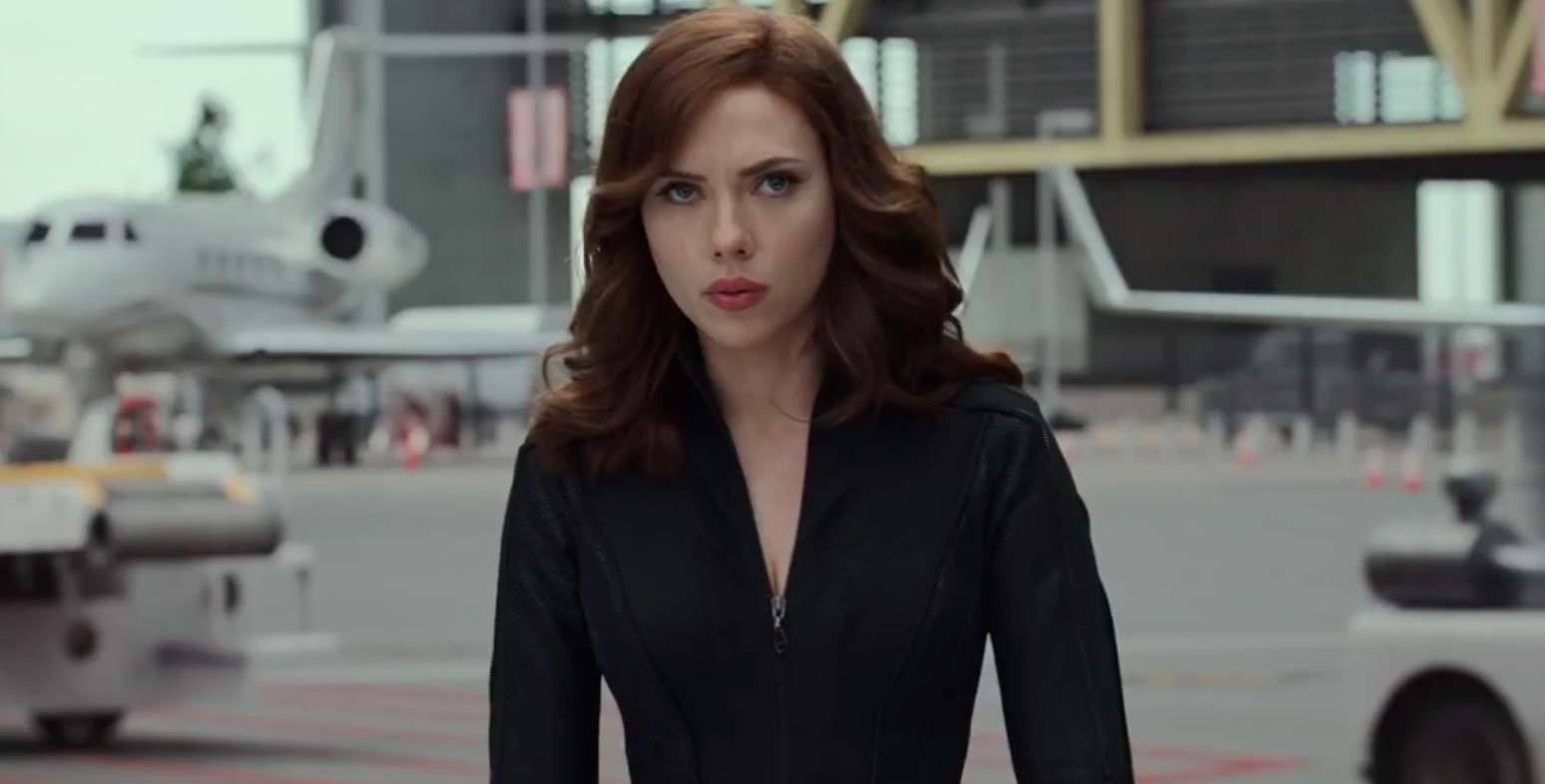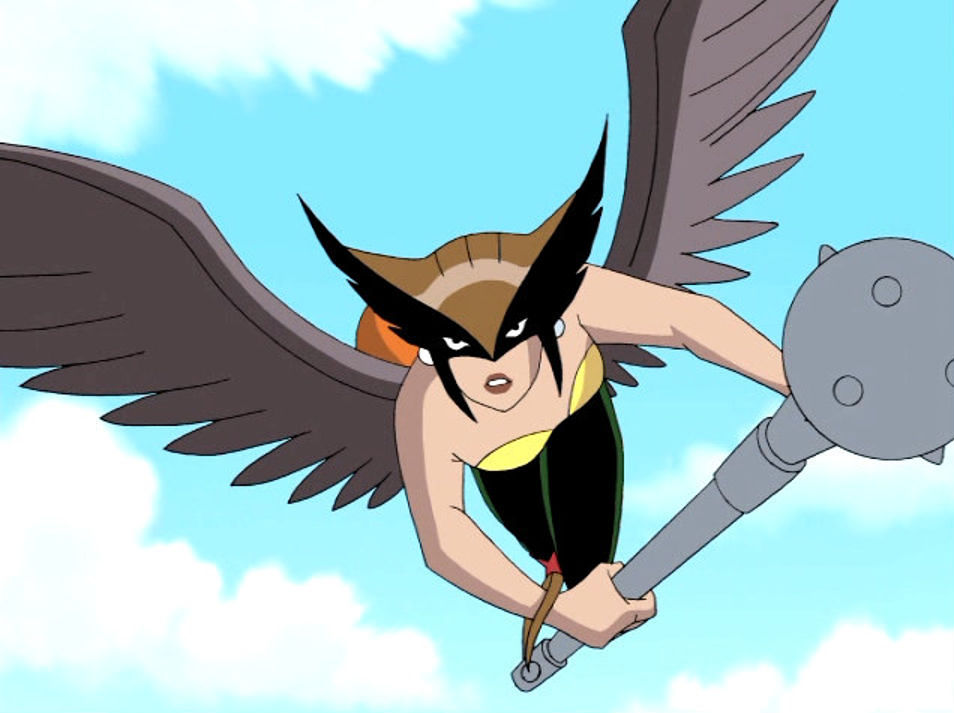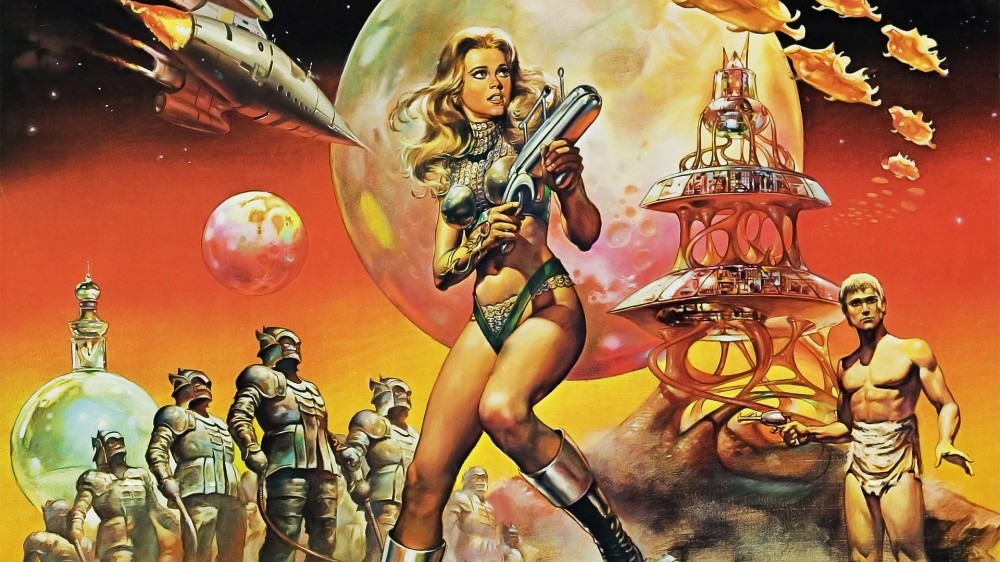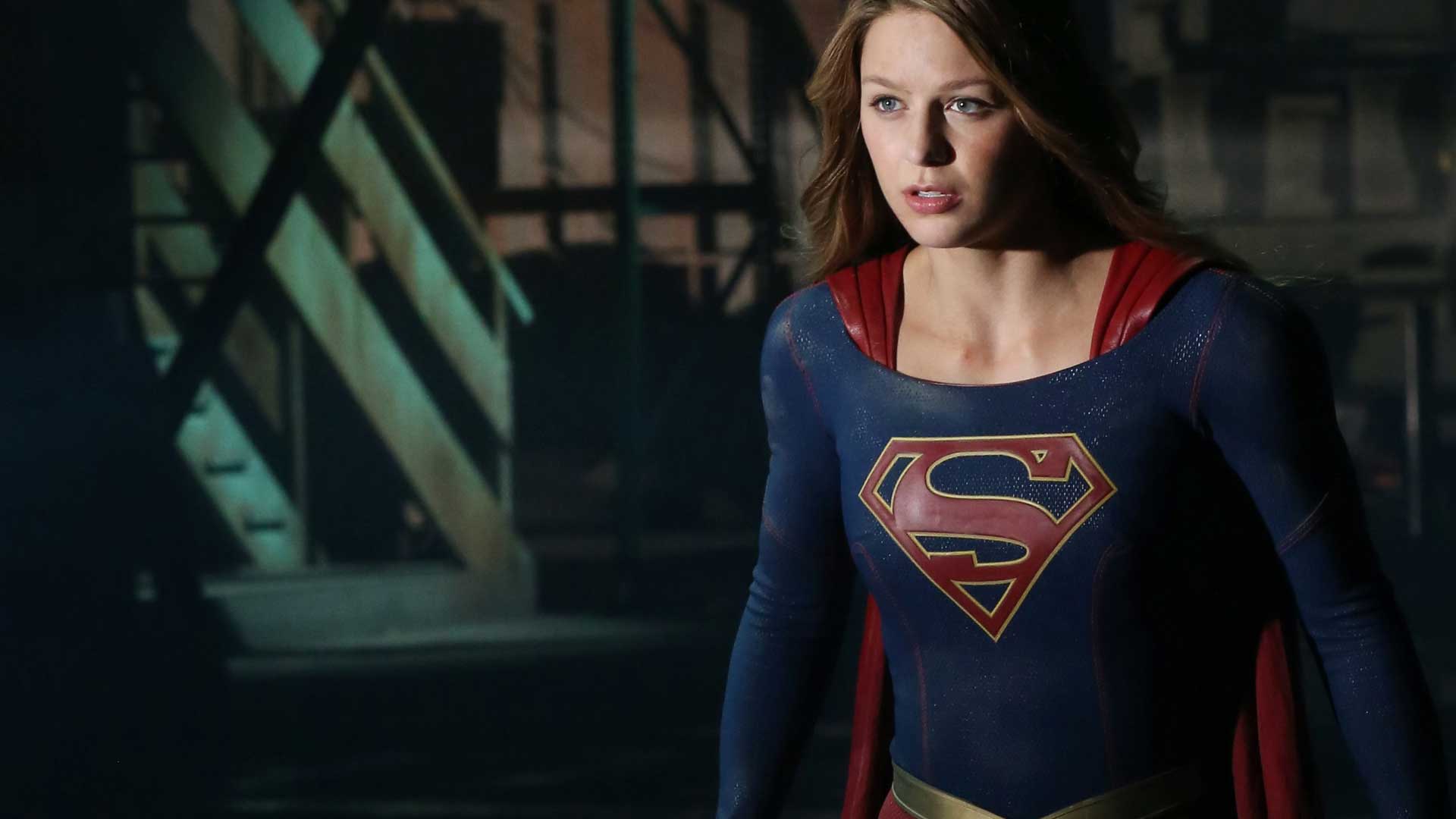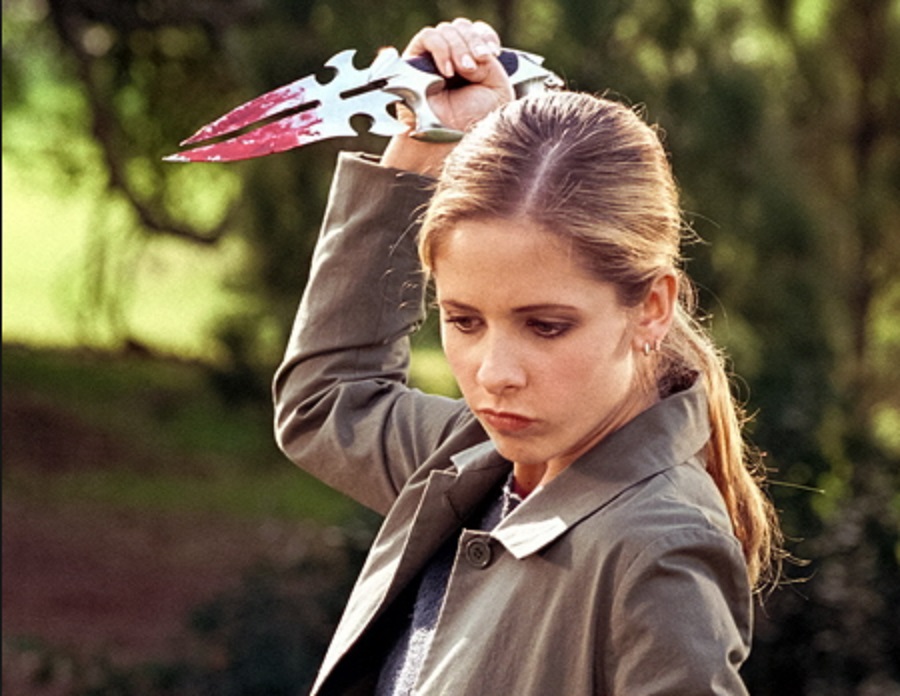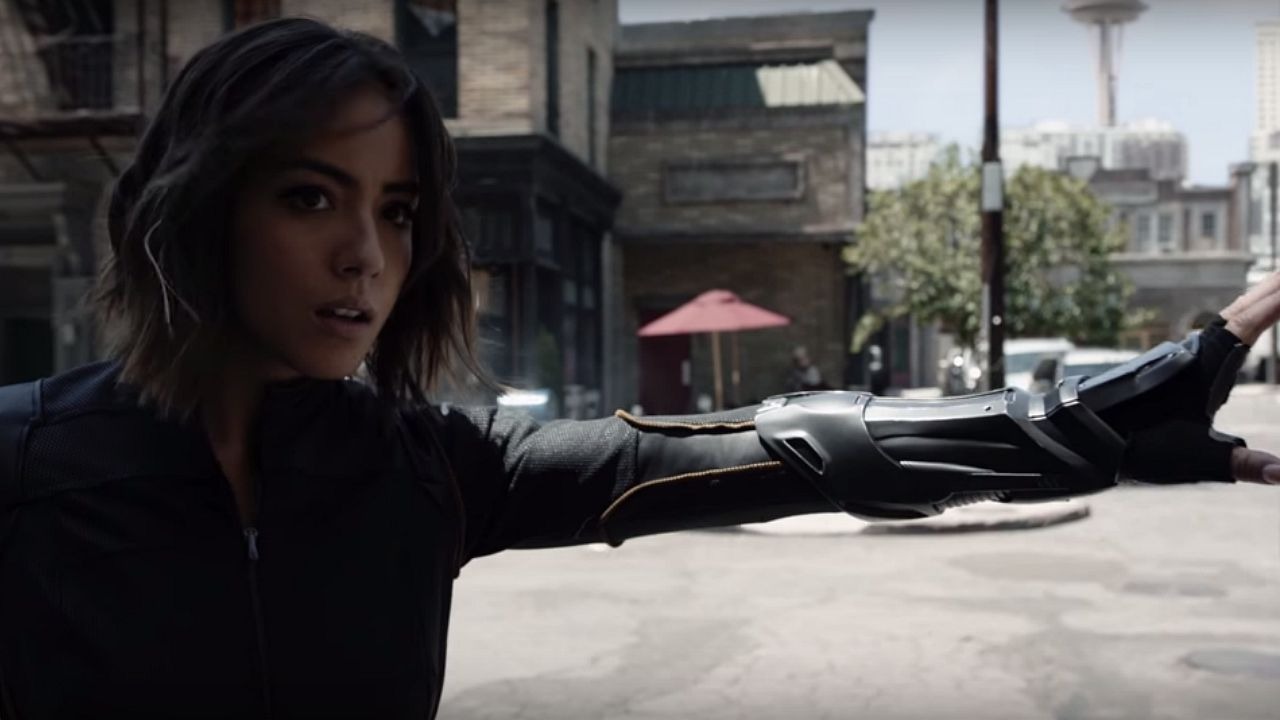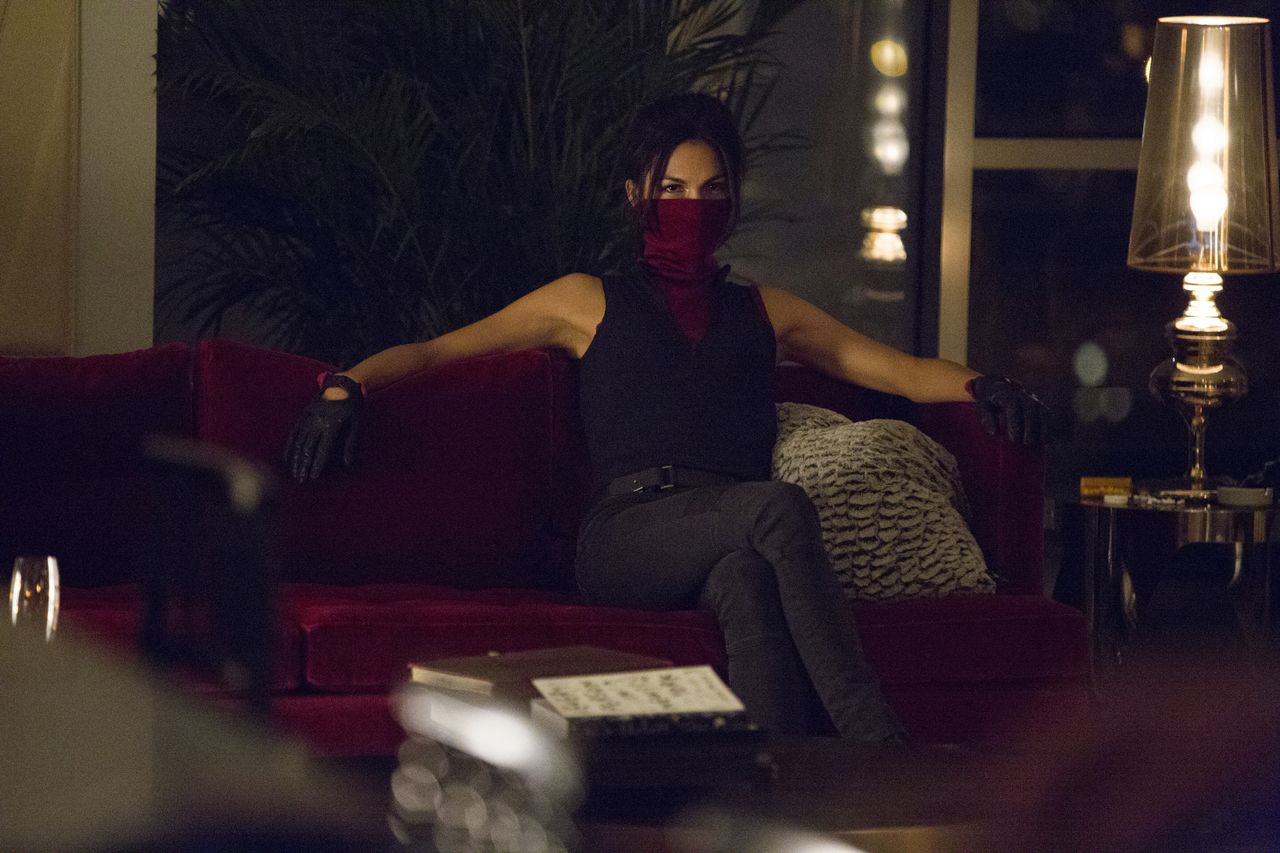This guest post written by Adam Sherman pears as part of our theme week on Superheroines.
There aren’t a lot of superheroes with disabilities; many of the ones who do gain powers from their disabilities. Now, something many superhero stories never really have is permanence. Injury, in real life, can be quite permanent. But superheroes can often come back from the dead. So it was quite amazing to me that superhero Barbara Gordon (Batgirl/Oracle) was paralyzed from the waist down for twenty-three years.
Now, before I begin with why this is so important, I need to explain some things about my life and my family’s history. In 1952, paternal grandfather, Irving Sherman (who I know as Grandad,) came down with polio. Ironically, this was the same year that the second polio vaccine came out. In the very early days, he was even on an iron lung for a little while. In the end, he was unable to walk without crutches, yet still worked to support my grandmother and my father at Edgewood Arsenal. He is still alive, yet he was mostly deafened from his time in Europe during WWII and his polio leaves him unable to move from the living room to the dining room of his house without the aid of my grandmother.
My other grandad, Donald St. Germain (known to me as Grandpa St.,) also used crutches for most of his life as well as using a wheelchair at times. For the first part of his life, he was somewhat hard of hearing (and, we suspect, suffering from an undiagnosed learning disability.) Then, in the early sixties, he suffered a complicated series of accidents, diseases, and botched treatments. By 1964, the VA declared him a hundred percent disabled. Due to his lack of education, he was forced into the role of homemaker and stay-at-home dad while Grandma St. was the sole breadwinner.
I’m not sure when I noticed that popular media didn’t have very many people like my grandparents. I rarely see someone in popular media struggle to get up from a chair because they can’t work their legs or need to be helped into a car because their knees don’t bend, or need help getting dressed because they can’t stand. Film and television rarely depict characters with disabilities.
Like both of my grandfathers, people with disabilities do their best to support their families and themselves, despite being unable to do many of the things able-bodied people take for granted. My grandparents are heroes to me. People with disabilities deserve to see heroes that represent them.

Barbara Gordon is one of the few fictional characters I have seen that has provided an example of this type of heroism. From The Killing Joke, to DC’s 2011 recent reboot, she has been an active member of the DC universe. She led the Birds of Prey. She spied on supervillains. She has even coordinated The Justice League on many occasions. Yet some are not happy by Barbara Gordon’s transformation from Batgirl to Oracle.
The big issue, from what I understand, is how she lost the use of her legs, and what she was before that incident. Both of which are very thorny issues, and I can see how her transition from Batgirl to Oracle would upset people. She wasn’t the first female character in popular fiction to be brutally maimed or murdered just to shock an audience or motivate a male hero, but this, I think, was special. Barbara Gordon as Batgirl is a feminist icon. There is no getting around that. She could do anything Batman and Robin could do, from something as physically dangerous as kicking gun-wielding criminals in the face to things as mentally demanding as solving one of The Riddler’s terrifying traps. Not only that, but she did it well enough that Batman, a character not exactly famous for his reasonable expectations, deemed her worthy to wear the Bat-symbol.
In the comic The Killing Joke, The Joker shoots Barbara, causing her paralysis. Not only was she maimed, but it was to motivate her uncle, Comissioner Gordon. As pointed out by Barbara’s most iconic writer, Gail Simone, this isn’t an uncommon practice, as “Women in Refrigerators” is unfortunately a common trope with female characters killed (or raped or injured) for the sole purpose of motivating male characters. In fact, Alan Moore’s plot shocked artist Brian Bolland so much that he even mentioned it as one of his biggest regrets of The Killing Joke in his 2008 afterword.
Still, I think that the events of The Killing Joke made Barbara Gordon a much more interesting character. In her second act, she, like many real life people who suddenly find themselves disabled, had to struggle to find her place in the world all over again. For someone physically active like Barbara, the sudden struggle to deal with a lack of mobility is a huge blow to her self-esteem.
In Suicide Squad #23, Barbara reintroduces herself as Oracle. She goes on to become an information broker “gathering and disseminating intelligence to law enforcement organizations and members of the superhero community.” She continues to train and uses weapons such as firearms, fighting sticks, and batarangs.
Many superheroes with disabilities gain extra abilities. Daredevil can perceive the world in ways we can only dream of. Cyborg gets an awesome robot body that enables him to fly as well as have superhuman strength and stamina. You can even be forgiven for forgetting that Luke Skywalker is a cyborg, his artificial skin is so convincing.
Yet people who lose their limbs, or don’t have sight or hearing, or have any other physical or mobility or sensory disability, they don’t gain powers, they instead find ways to live with their disabilities. The characters mentioned above were power fantasies that rely on miracle cures or Stan Lee radiation. There’s nothing bad about that, it’s just Barbara Gordon as Oracle is a more accurate and positive representation of people with disabilities. She’s way more real because despite the fact that she sometimes needs the help of more able-bodied people, like a real person living with paralysis from the waist down, she still lives a positive and active life.
When I was first reading comics in the early 2000s, it felt like in certain comics it was inevitable that Oracle would show up and help with whatever needed doing. One of the biggest instances was during Infinite Crisis, when Ted Kord was running down a vast conspiracy (you know, average superhero stuff) one of the few people who believed him was Barbara Gordon. Early on in Harley Quinn’s spin-off comic, Barbara is even mentioned as a sort of boogeyman to costumed criminals. She also was the founding member and leader of The Birds of Prey.
However, the way I discovered her was that any time in the 1990s and 2000s that Batman got into trouble (Knightfall, Warzone, No Man’s Land, and Contaigon, to name a few), Oracle was one of the first people he would turn to for help. In every single Batman/Oracle team-up I’ve read, it has been outright stated that Batman completely trusts Oracle’s cyber abilities and it’s been implied that his investigations wouldn’t get anywhere without her help.
As a person who’s known people with disabilities, not just my grandparents but classmates as well, it is somewhat disturbing to notice that there are so few people with disabilities in popular media. Barbra Gordon filled a void in that area. I loved the idea that people who could literally break the world with their bare fists became reliant on someone who couldn’t move without the aid of a wheelchair. I also loved the idea of people like my grandparents getting someone to represent their identities and struggles. Yet, like a lot of comic lore I like (and a lot I don’t like,) this too has passed, as Barbara returns to being Batgirl, her mobility restored. I must admit, Gail Simone’s current run on Batgirl looks excellent, and I’m hearing rumors about a new Oracle. But we need more positive media representations of people with disabilities like Barbara Gordon.
Adam “T4nky” Sherman is the writer of Nowhere Island University and also does semi-related blog stuff. You can also follow him on Twitter @NowhereIslandU.
